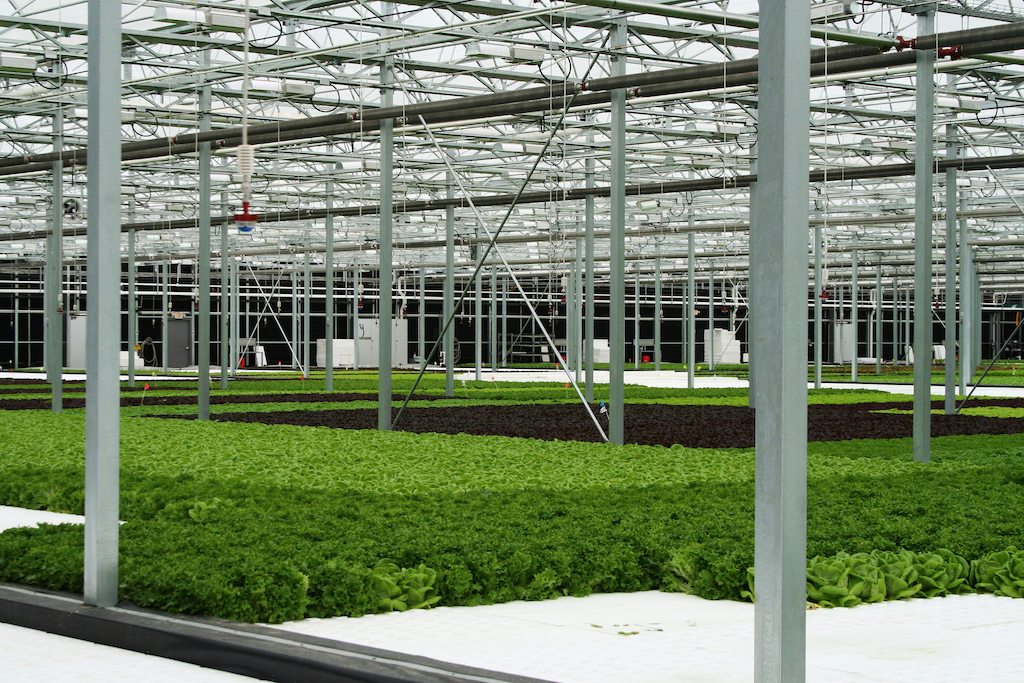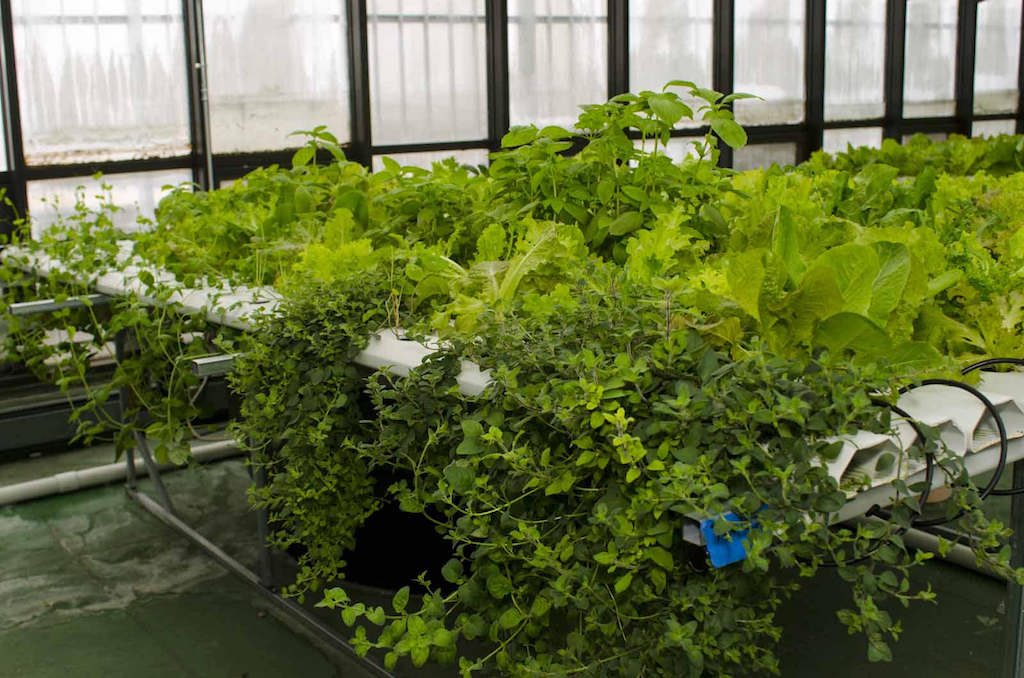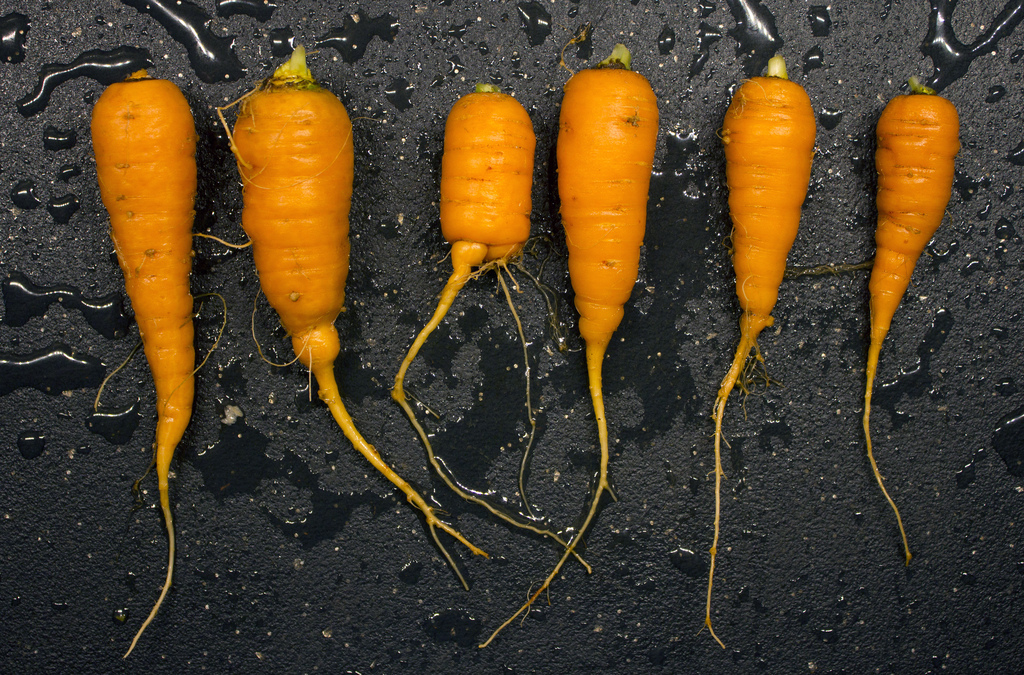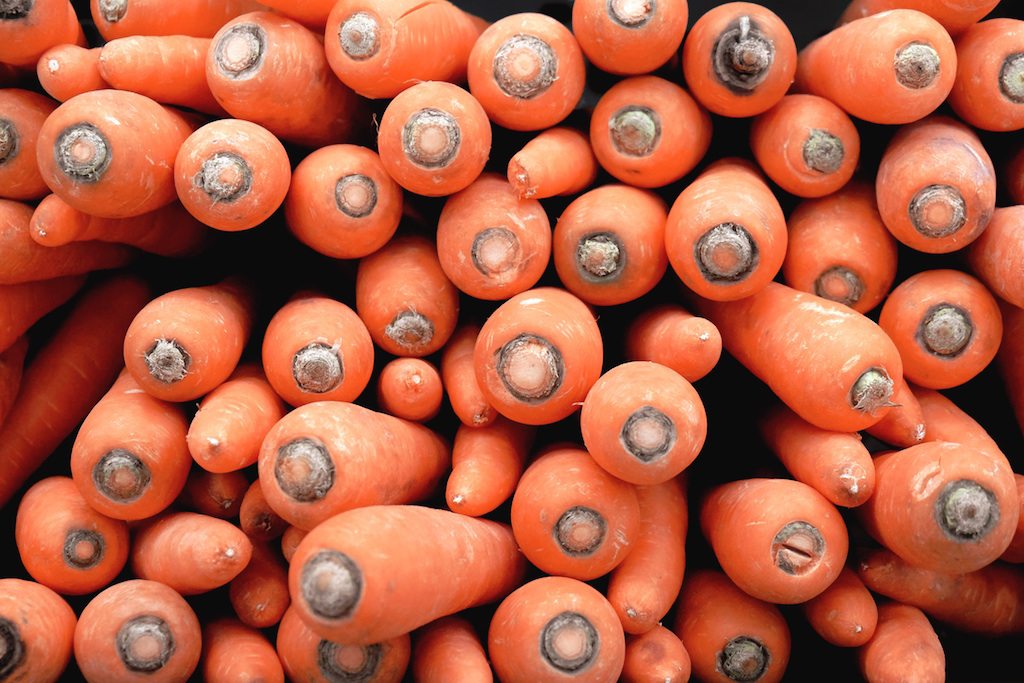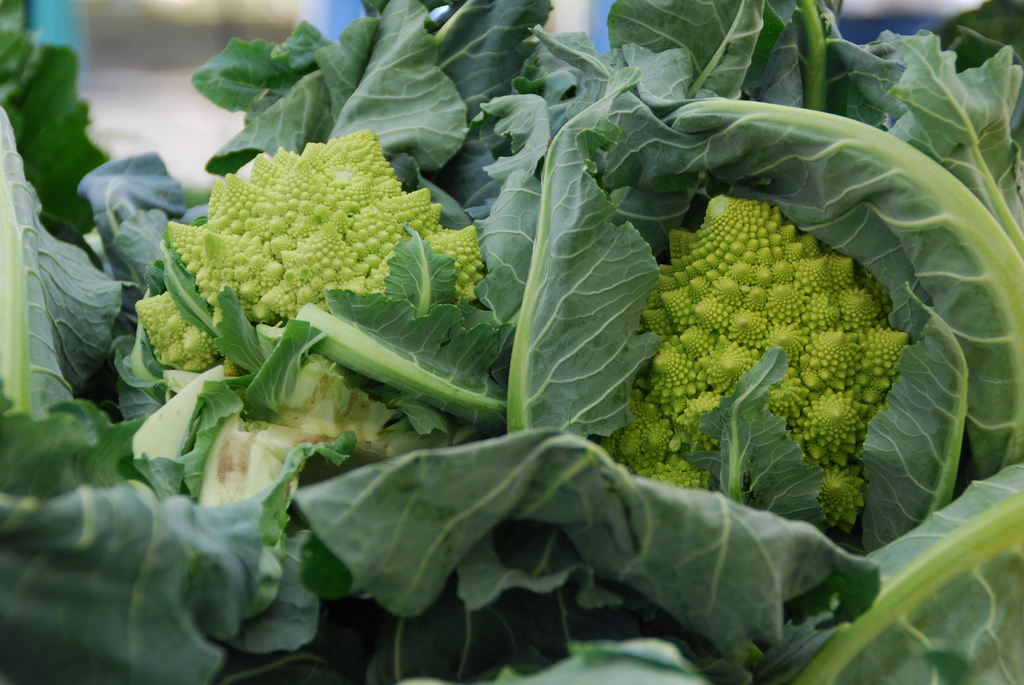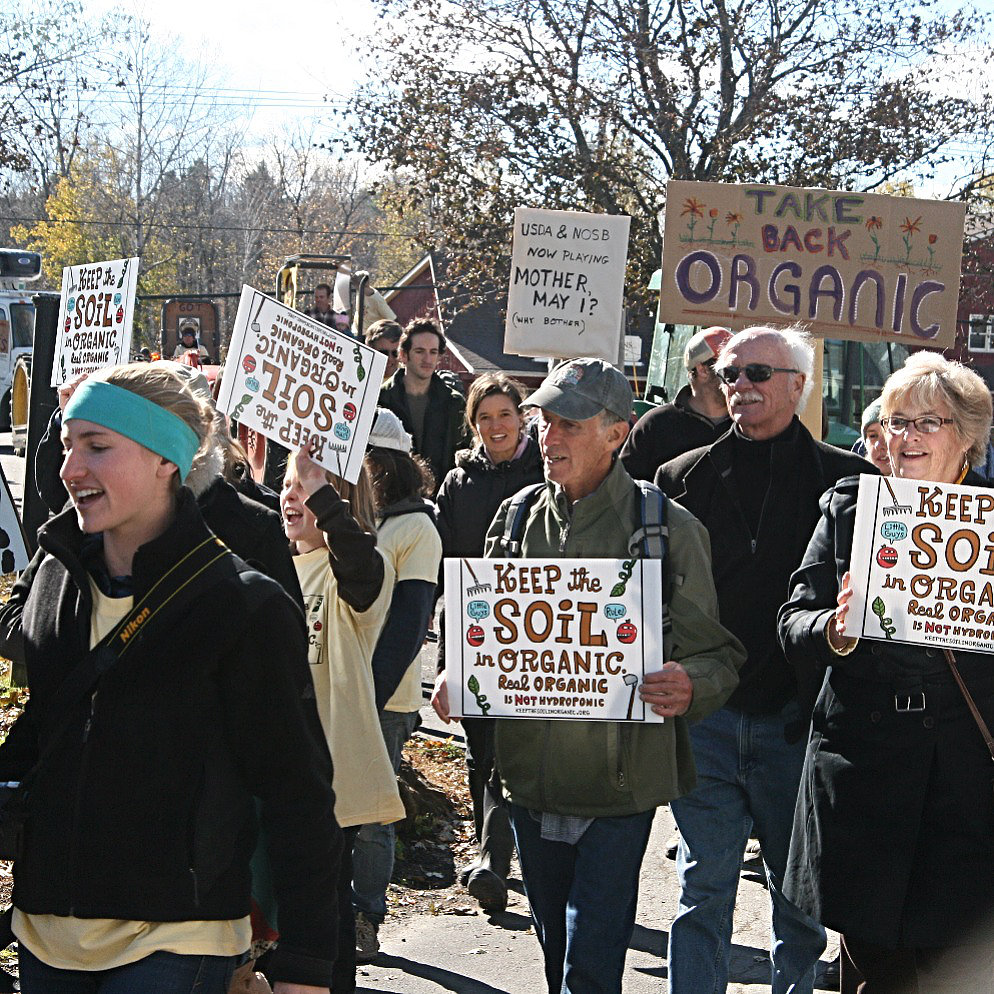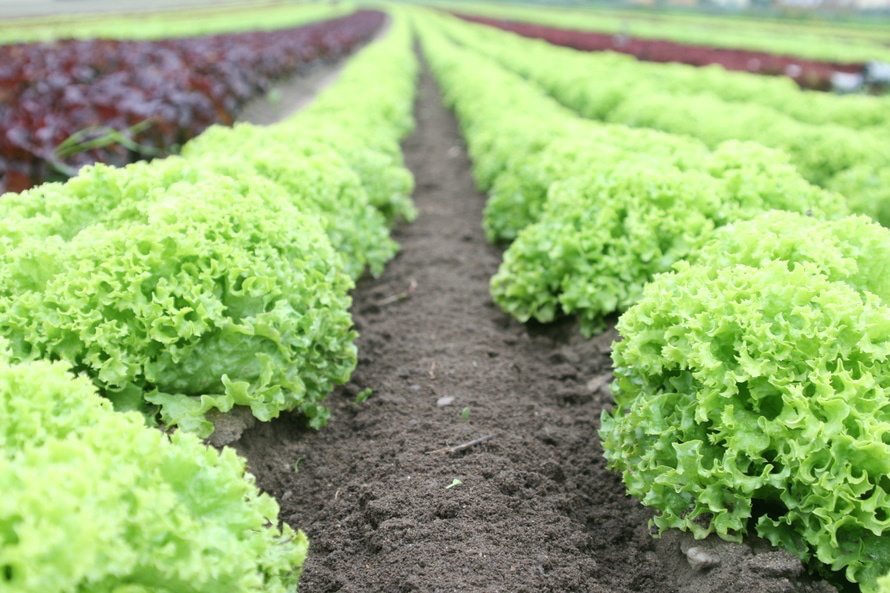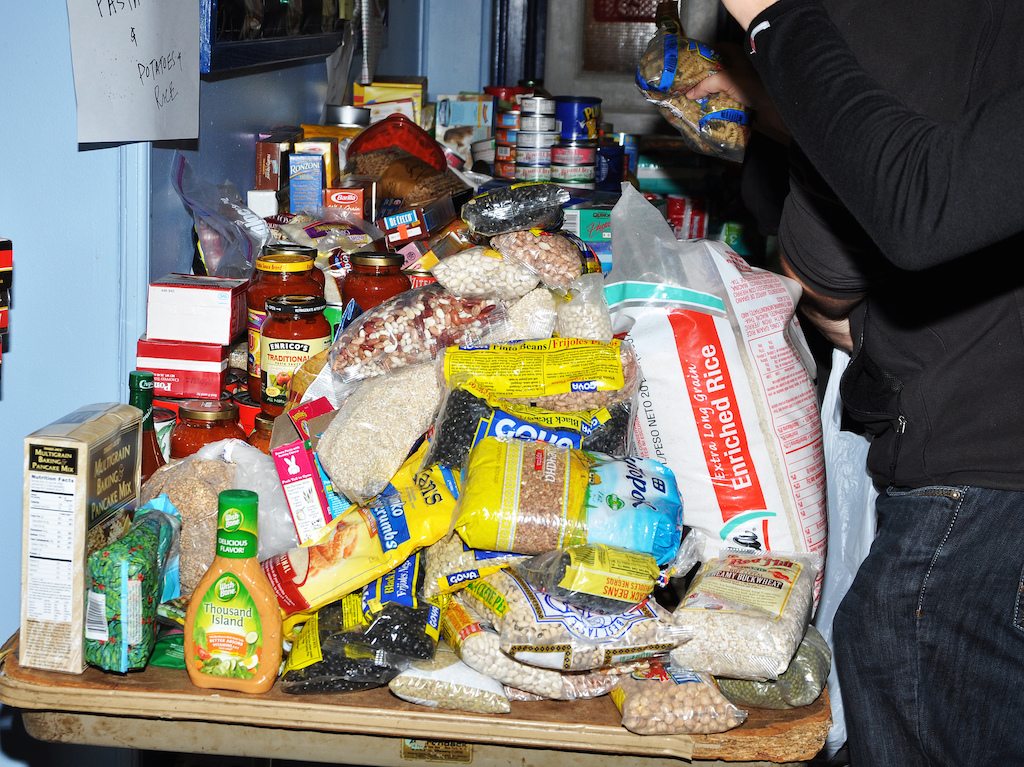The National Organic Standards Board (NOSB) meets tomorrow in Denver. The hot item on the agenda: Whether to recommend that the United States Department of Agriculture (USDA) prohibit hydroponic, aeroponic, and aquaponic operations from bearing the “certified organic” label. If you’ve followed any of the debate that’s raged over the issue since it was brought up at last fall’s NOSB meeting, you might be under the impression that important legal, ethical, and environmental issues are at stake. But you can relax—when you look closer the whole flap seems to be mostly about money and turf.
The dispute goes all the way back to the origins of the National Organic Program (NOP). The National Organic Foods Production Act (OFPA) was passed in 1990. In 1995, in a discussion of greenhouses, the NOSB (which recommends policy to the National Organic Program) said, “Hydroponic production in soilless media to be labeled organically produced shall be allowed if all provisions of the OFPA have been met.” (It’s actually a little vague. The act says you and your certifier have to agree to a soil management plan. It never quite says that you have to use soil. One interpretation of the law is that your plan can be to leave the soil alone.)
A year later, NOSB took it all back: “Observing the framework of organic farming based on its foundation of sound management of soil biology and ecology, it becomes clear that systems of crop production that eliminate soil from the system, such as hydroponics or aeroponics, cannot be considered as examples of acceptable organic farming practices. Hydroponics…certainly cannot be classified as certified organic growing methods due to their exclusion of the soil-plant ecology intrinsic to organic farming systems and USDA/NOP regulations governing them.” (The quotations and the chronology all come courtesy of NOSB’s summary of current proposals, which is well worth reading.)
Despite that clear statement, NOP did not enforce the recommendation. Some organic certifying organizations continued to register soil-free operations as organic; currently more than 100 are certified. So over the past few years, NOSB has undertaken a major project to define exactly how it intends to handle various soil-free and indoor alternatives. Many, many hairs were split, which is kind of what you need to do when you’re planning regulation. That task force report is behind the proposal that should come up for a vote tomorrow, which will probably lead to hydroponics being kicked out of the National Organic Program (again).
Which is fine. NOSB was created to make just this kind of recommendation, and the various committees seem to be acquitting their responsibilities well and responsibly. But I’ve got to say, the whole situation still leaves a bad taste in my mouth.
The problem, of course, is that organic means too many things to too many people, and the various players seem to shift definitions to suit their needs at a particular moment. When it’s time to decide whether the hydroponic farmers get to receive the benefits of organic certification, all you hear is the magic of soil, and the miracle of a functioning ecosystem, and the almost religious obligation to “feed the soil, not the plant.” (For example, here’s Eliot Coleman: “A plant not grown in soil, with all its miraculous and unknown nutritive processes, is not worth eating!”) When it’s time to persuade consumers that they should pay a premium of as much as 50 percent for organic, the soil is nowhere to be found, and you hear instead about how organic food is healthier and free of pesticides, neither of which is entirely true of organic food in general, though it’s probably true of some products of some farms.
None of this is surprising. Consumers in general don’t display much interest in the health of the soil, and the surveys I’ve seen suggest that they’re pretty interested in health and pesticides. It makes sense to offer them what they’re asking for, and then throw in the environmental benefits as kind of secret lagniappe.
The trouble is that when organic producers and their (frequently clueless) allies do that, they’re redefining organic. If you fairly consistently get into the marketplace and tell customers that “organic” means little more than pesticide-free, well, then that’s what it means. It seems considerably less fair to tell the pesticide-free hydroponic growers that they’re not allowed to share in the organic price premium. They’re as pesticide-free as organic farmers (which is to say, not entirely). They can be good for the soil by leaving it uncultivated, in nature’s hands (although, as NOSB’s proposal points out, if you pave the land to build a hydroponic farm, that’s a bad thing). In the right settings, they’re much better for water use. Sure, they don’t do what the best organic farmers do for the soil, but when you look at the basic transaction—extra dollars for organic certification—it’s not clear to me how much of that actually has to do with the soil.
This doesn’t mean that organic producers are wrong to care. It just means that we’re drifting away from the realm of facts. And some of us think facts are nearly as important as soil.
Again, this kind of thing isn’t uncommon. Think of another arena—GMOs—where people who object to the agricultural practices that GMOs enable gather support by encouraging people to believe that GMO foods are killing them. Or look at the poor schlubs in higher education who spent a generation telling anyone who would listen that a college degree led to a better job, and now have to answer to a sea of parents who can’t understand why college isn’t strictly focused on career skills. (Art history? C’mon.)
We all understand truth in labeling when it applies to products. You include the grams of protein, the grams of sugar, the percentages of daily recommended values. You don’t fudge. Well, the food movement sells more than food: It sells ideas and social benefits. Maybe it’s time we started labeling those as transparently and accurately as we do the calories in a Gummi Bear.
